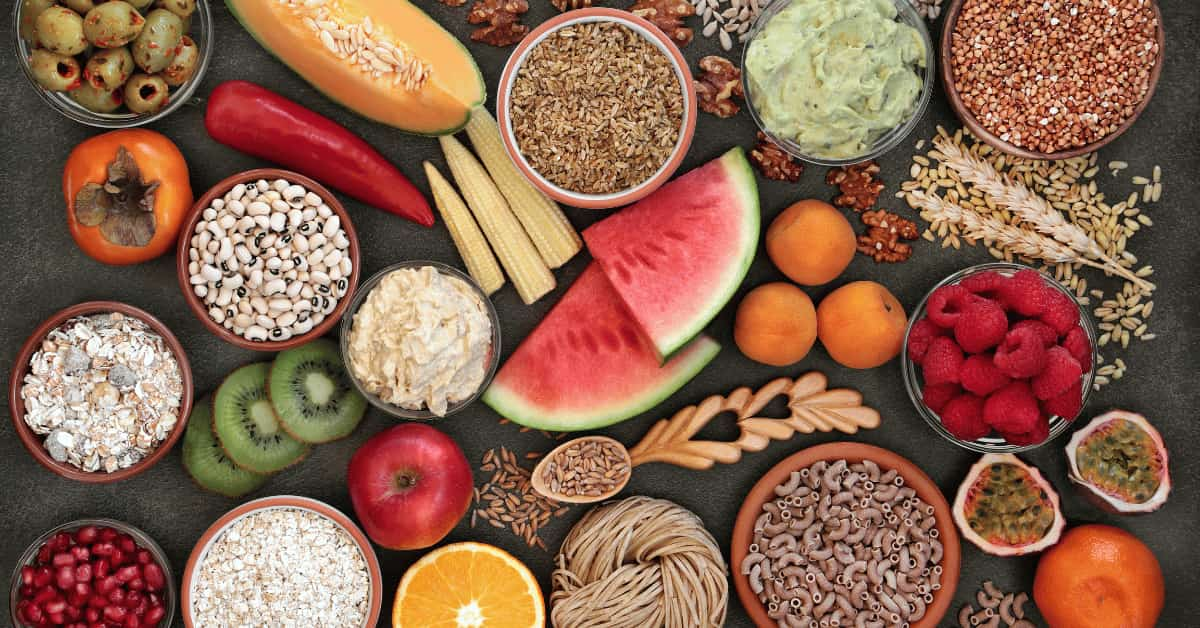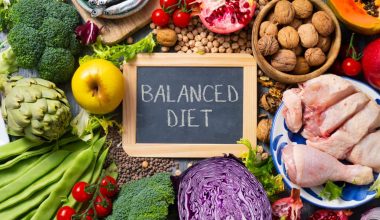What Is Fiber?
Fiber is an essential part of a healthy diet, yet many people fail to consume enough of it. It is a type of carbohydrate that the body cannot digest, passing through the digestive system largely intact. Fiber is found in plant-based foods and plays a crucial role in digestive health, heart health, weight management, and blood sugar control.
There are two types of fiber:
- Soluble fiber: Dissolves in water and forms a gel-like substance in the gut. It helps lower cholesterol and blood sugar levels. Found in foods like oats, beans, lentils, and fruits.
- Insoluble fiber: Does not dissolve in water and adds bulk to the stool, promoting regular bowel movements. Found in whole grains, nuts, seeds, and vegetables.
How Much Fiber Do You Need?
Health experts recommend that adults consume around 30 grams of fiber per day for optimal health benefits. However, in the UK, the average fiber intake for adults is only 18 grams per day, which is just 60% of the recommended amount.
For children, fiber intake recommendations vary by age:
- Ages 2 and above: 15g per day
- Primary school children: 20g per day
- Secondary school children: 25g per day
These recommendations should be adapted based on individual tolerance levels. For example, individuals with irritable bowel syndrome (IBS) may need to monitor their intake of fermentable fiber, as excessive amounts can cause bloating, gas, and diarrhea.
The Health Risks of Low Fiber Intake
Failing to get enough fiber in your diet can lead to several health problems, including:
- Constipation and digestive issues
- Increased risk of heart disease due to higher cholesterol levels
- Higher blood sugar spikes and an increased risk of type 2 diabetes
- Increased risk of bowel cancer
- Weight gain and obesity due to lack of satiety after meals
- Higher likelihood of stroke
Scientific Evidence Supporting Fiber’s Benefits
In 2016, after reviewing multiple studies, experts found strong evidence that higher fiber intake protects against heart disease, stroke, bowel cancer, and type 2 diabetes. As a result, the 30g per day guideline was introduced as a public health recommendation.
Best High-Fiber Foods to Include in Your Diet
To meet the 30g daily fiber goal, incorporate the following fiber-rich foods:
- Whole grains (brown rice, quinoa, whole wheat bread, oats)
- Legumes (lentils, chickpeas, black beans, kidney beans)
- Vegetables (broccoli, carrots, Brussels sprouts, spinach, sweet potatoes)
- Fruits (apples, pears, berries, oranges, bananas)
- Nuts and seeds (almonds, chia seeds, flaxseeds, sunflower seeds)
- Bran-based cereals and whole grain pasta
Tips to Increase Fiber Intake
- Start your day with whole grains – Choose oatmeal or whole grain cereals for breakfast.
- Snack on fruits and nuts – Swap processed snacks for apples, pears, or a handful of almonds.
- Include legumes in your meals – Add beans or lentils to soups, salads, or curries.
- Eat the skins – Keep the skins on apples, potatoes, and carrots for extra fiber.
- Choose whole grain options – Opt for whole wheat bread, brown rice, and whole grain pasta.
- Increase fiber gradually – To avoid bloating or discomfort, add fiber to your diet slowly and drink plenty of water.
Conclusion
Fiber is a powerful nutrient that plays a vital role in preventing chronic diseases and supporting overall health. Despite its importance, most people fall short of the recommended intake. By consciously including more fiber-rich foods in your diet, you can improve digestion, lower disease risk, and enhance overall well-being. Start making small changes today to reach your daily fiber goals and enjoy the benefits of a fiber-rich diet!





